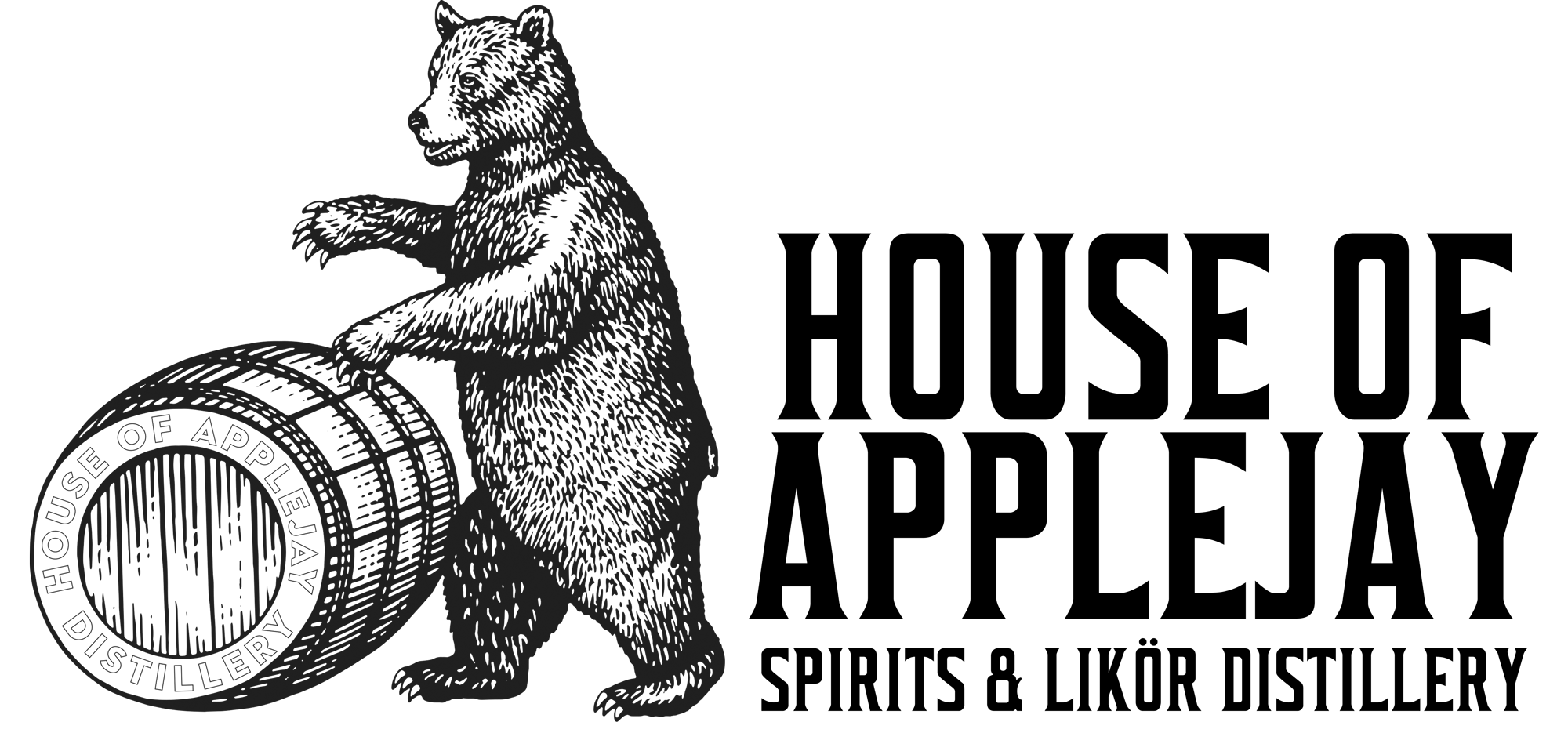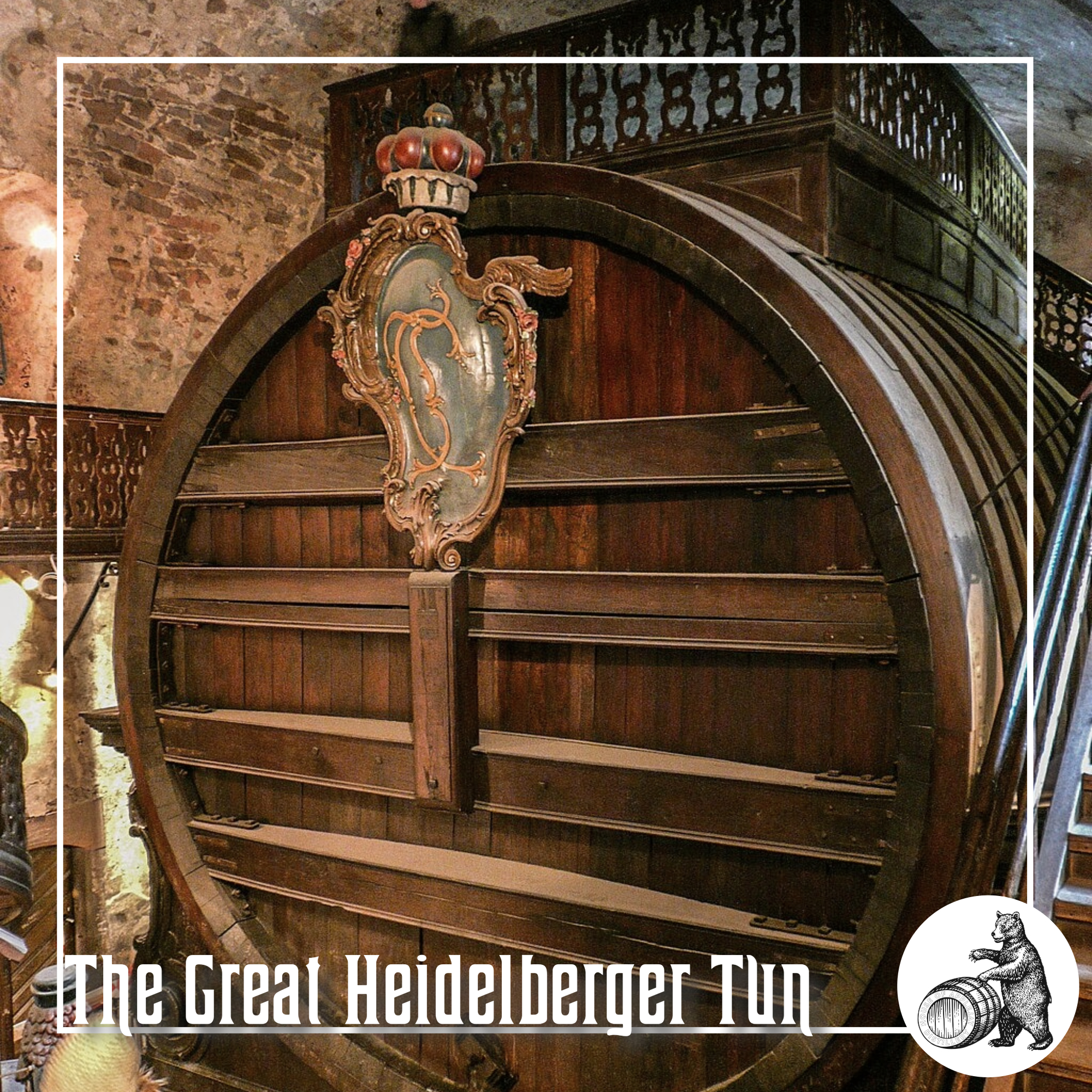The Great Heidelberger Tun
Centuries of Rivalry: Heidelberg Castle’s Quest for Supremacy in Crafting the Largest Wooden Barrel
The Heidelberger Tun, a colossal wooden barrel, became the focal point of a protracted and costly power struggle among Germany’s Electors over the centuries. This immense barrel, commissioned and constructed in stages, symbolized not only a remarkable engineering feat but also served as a tangible representation of political influence and prestige.
Heidelberg Castle’s Magnificent Series of ‘Large Barrels’
In 1591, Johann Casimir commissioned the first of four “large barrels” for Heidelberg Castle. Followed by the Karl Ludwig barrel of 1664, the Karl Philipp barrel of 1728, and the last of the four barrels was completed in 1751 under Elector Karl Theodor. A total of 90-130 oak trees were felled for their completion and there was room for a total of 221,726 liters (58,573.81 gallons) of wine in the fourth barrel. This barrel trumped that of Johann Casimir by more than 26,000 liters (6869 gallons) of volume.
The last “Great Heidelberger Tun” was only filled three times in history. Similar to the other giant barrels of the Saxon competition, the large barrels were not tight. Also, they lacked of quality, since the wooden barrels had to be refilled regularly to avoid wine oxidation. The Saxons’s oversized wooden barrels remained empty and rotted over the years. The first large Heidelberger barrel was destroyed in the Thirty Years’ War and its wood burned. The Great Heidelberger Tuns were marketed as a tourist attraction from early on. The people of Heidelberg even put a dance floor on the top of the second barrel.
The Legend of Perkeo
Around 1718, when questioned whether he could consume the Great Cask on his own, the Italian court jester of Heidelberg reportedly responded in Italian with “Perché no?” meaning “Why not?”. Henceforth, he earned the moniker Perkeo and was appointed as the custodian of the Great Tun. For many years, his likeness adorned the barrel, and today, a wooden figure of Perkeo stands beside it, commemorating his tale. Legend has it that Perkeo, renowned as a “wine battle drinker,” met his demise the first time he ever tasted water.
Political Symbolism and Technical Marvel
This ongoing rivalry for the largest wooden barrel not only showcased the technical prowess of the time but also underscored the political significance attached to such extravagant projects. The Heidelberger Tun, standing as a testament to the competitive spirit among Germany’s Electors, remains a historic and tangible reminder of the lengths to which rulers went to assert dominance and leave an enduring mark on their territories.
Mark Twain, Washington Irving and Jules Verne immortalized the Great Heidelberger Tun in their stories. The French writer Victor Hugo visited the famous wooden barrel in 1840 during a visit to Heidelberg, Herman Melvilles compares the barrel to the size of whales in his novel “Moby Dick“.
Today, about half a million of tourists visit the fourth Great Heidelberg Tun every year. Read about another famous barrel the “Schwedenfass“, that was build for the “Jahrtausendwein” and the Thirty-Years-War story of the famous “The Master Draught“.
The Distilling Culture
BLOG
Embark on a global journey, and you’ll find that cultures possess tales that harken back to their ancient beginnings of distillation, brewing, and winemaking.
info@houseofapplejay.com
67 Fowler St, Bldg B, East Ellijay, GA 30540

